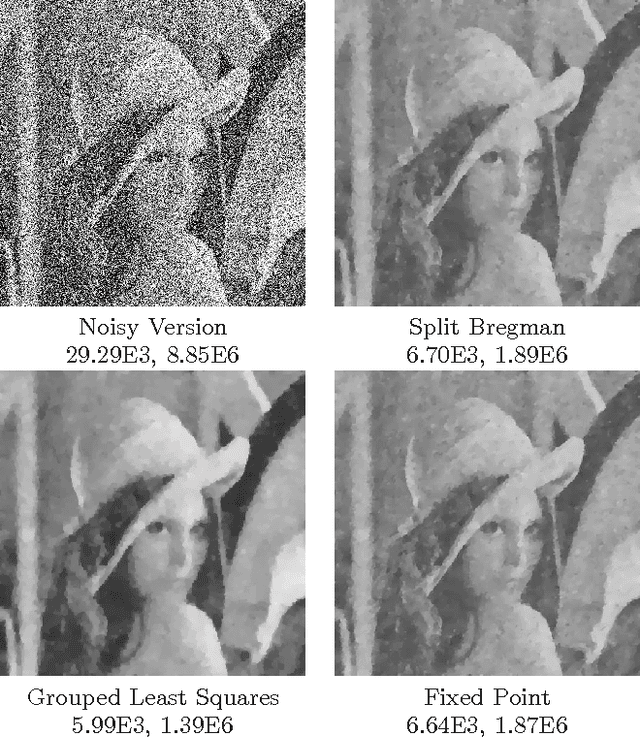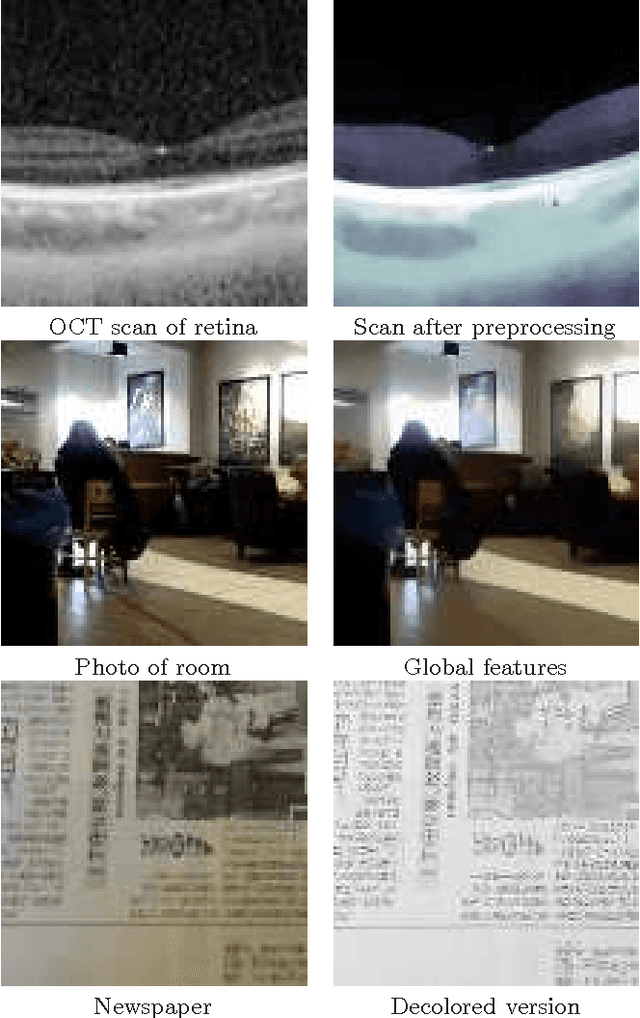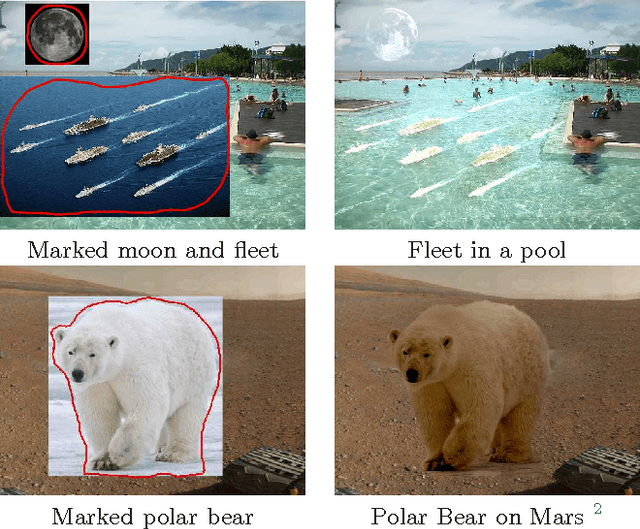Hui Han Chin
An Empirical Evaluation of Sketched SVD and its Application to Leverage Score Ordering
Dec 19, 2018



Abstract:The power of randomized algorithms in numerical methods have led to fast solutions which use the Singular Value Decomposition (SVD) as a core routine. However, given the large data size of modern and the modest runtime of SVD, most practical algorithms would require some form of approximation, such as sketching, when running SVD. While these approximation methods satisfy many theoretical guarantees, we provide the first algorithmic implementations for sketch-and-solve SVD problems on real-world, large-scale datasets. We provide a comprehensive empirical evaluation of these algorithms and provide guidelines on how to ensure accurate deployment to real-world data. As an application of sketched SVD, we present Sketched Leverage Score Ordering, a technique for determining the ordering of data in the training of neural networks. Our technique is based on the distributed computation of leverage scores using random projections. These computed leverage scores provide a flexible and efficient method to determine the optimal ordering of training data without manual intervention or annotations. We present empirical results on an extensive set of experiments across image classification, language sentiment analysis, and multi-modal sentiment analysis. Our method is faster compared to standard randomized projection algorithms and shows improvements in convergence and results.
Runtime Guarantees for Regression Problems
Sep 07, 2012


Abstract:We study theoretical runtime guarantees for a class of optimization problems that occur in a wide variety of inference problems. these problems are motivated by the lasso framework and have applications in machine learning and computer vision. Our work shows a close connection between these problems and core questions in algorithmic graph theory. While this connection demonstrates the difficulties of obtaining runtime guarantees, it also suggests an approach of using techniques originally developed for graph algorithms. We then show that most of these problems can be formulated as a grouped least squares problem, and give efficient algorithms for this formulation. Our algorithms rely on routines for solving quadratic minimization problems, which in turn are equivalent to solving linear systems. Finally we present some experimental results on applying our approximation algorithm to image processing problems.
 Add to Chrome
Add to Chrome Add to Firefox
Add to Firefox Add to Edge
Add to Edge